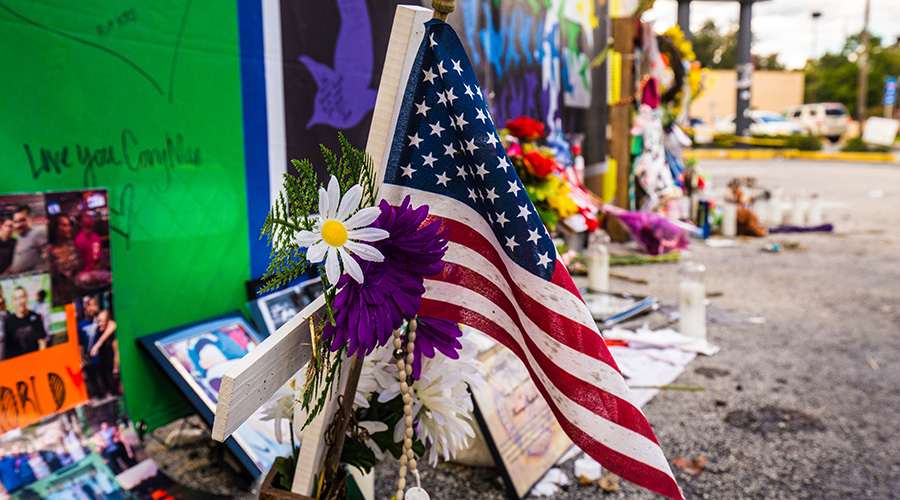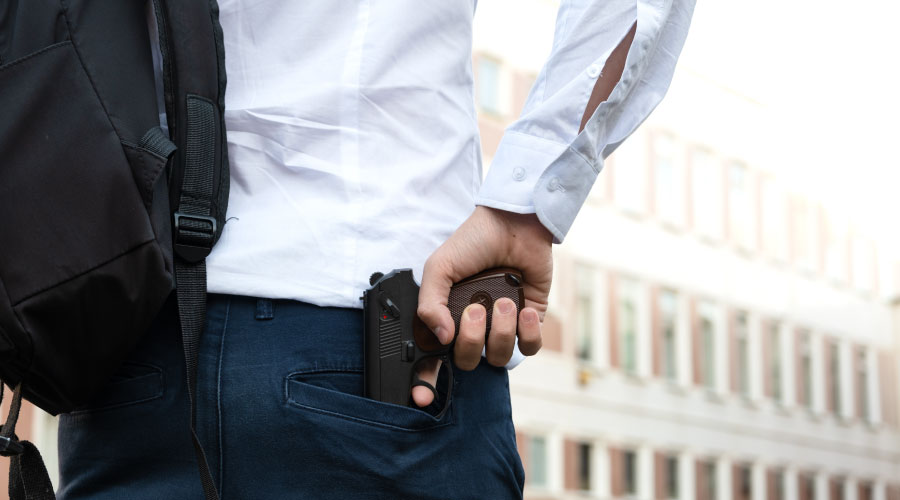Threat Assessment: Lone Wolves Targeting Specific Groups
Part 2 of our 3-part August cover story on why understand the threats can help prepare FMs for uncertainty.
In addition to showing how much carnage a lone wolf can cause, what’s also clear from the Orlando attack on the gay nightclub is that certain groups of individuals can and are being targeted, says Robert Lang, professional projects manager, technical operations center, Delta Air Lines. Whatever a group’s cause is, that cause can now be a target, he notes.
“The previous issue was soft targets versus hard targets, but now it’s soft targets but with groups — where do we hang out, what do we do — and no one thought about that before,” Lang says.
Other soft targets such as movies and concerts, where a ticket is needed for entrance but screening is non-existent, may also be targeted more going forward, Lang says.
What the United States hasn’t seen is what has occurred in the Middle East and Asia, where ISIS puts together a number of groups for an attack, McCann says. That’s also what occurred in Paris and in Brussels, he notes, and it is the most dangerous situation because ISIS has plenty of time to formulate a plan and acquire weapons, he says.
“The idea seems to be to kill as many United States citizens as possible and to try to do it in a way to instill fear and havoc, to terrorize,” McCann says.
What security experts fear, McCann says, is the type of scenario found in recordings and in individuals who were questioned in connection with Al-Qaeda in places like Iraq and Afghanistan: Two to three groups of people, with one to two individuals in each group, attacking schools in several different locations simultaneously when students are going in and out of cars and buses, arriving to or leaving school buildings. Then the terrorists contact the press and get the message out that the following day will bring more carnage.
“No one will go to school, half of the people will stay home from work to take care of their kids, the fear factor will be there, and there will be a nosedive in GDP because half the workforce won’t be at work for days if not weeks,” McCann says. “In the case of ISIS, they may just go after mass casualties and you don’t know where they are going to hit next.”
Lang notes that students on school buses were targeted several years ago in Israel, and he fears that could happen in the United States. If it does, Lang says major changes in how the United States addresses attacks would occur.
If there is an active shooter in a school, law enforcement has developed a protocol for storming the building. “But you can’t control the school bus environment while it’s on the road,” he says. He points out that law enforcement has limited options, depending on whether the bus is in a neighborhood or at the school.
Hospitals, McCann says, are also on terrorists’ lists, another example of their goal to stir emotions and cause panic. “This is tugging at the emotions of American people,” he says. “These folks, once they take that final step from radicalization and are committed to carrying out something, whatever opportunity is available is what they’ll go for.”
Social Media
One reason the threat from ISIS is different is that the group has embraced social media, a means of communications that wasn’t as commonplace even a decade ago but which has become a key component for security and law enforcement in figuring out how to address ISIS attacks. It’s not uncommon to see information posted on Twitter within the first few minutes of an attack, often faster than a news outlet can first report an event, says Ahrens.
Social media is also used in recruitment, whether it’s homegrown violent extremists or ISIS looking for fighters, Ahrens says.
The threat from ISIS “is very serious because this is unlike most terrorism situations we’ve had in the past,” McCann says. “They have taken tremendous advantage of social media and younger generations. And this radicalization (of younger individuals) is very worrisome because it’s very difficult to combat.”
A major concern with ISIS is the danger of copycats and homegrown terrorists who are attempting to emulate what they hear and see on social media.
“What’s really scary about Orlando was that he was communicating on Facebook while he doing what he was doing,” says Lang. “He was sending it in real time.”
Social media such as Twitter and Facebook pose dilemmas that don’t have easy answers, namely free speech and civil liberties. These companies and some other social media companies attempt to monitor what’s being posted and take down posts when appropriate, but it’s a major job to monitor the immense volume of traffic, Duda says.
“Social media can be summed up as one of the most insidious factors now for crime and terrorism because you don’t know quite where it’s coming from and who is picking up messages,” McCann says. “These terrorists don’t have any such thoughts of civil liberties or more questions or thoughts about law and regulations.”
If they’re not already, facility managers need to monitor social media, Ahrens says. There should be social media policies for staffs because a company’s or organization’s brand shouldn’t be affected by what is posted by someone, and communication via social media should be done responsibly, he notes.
Facility managers can also use social media to a company’s or organization’s benefit by, for example, letting people know that everyone is fine in the event of a situation, Ahrens points out.
“People see social media as a negative in many instances, but you need to use the technology and modify it to a positive,” Ahrens says.
Related Topics:














